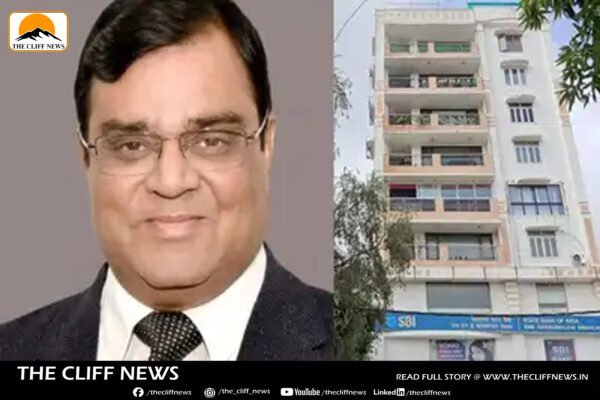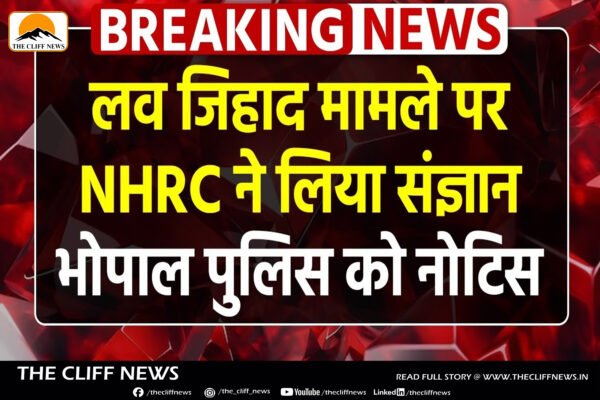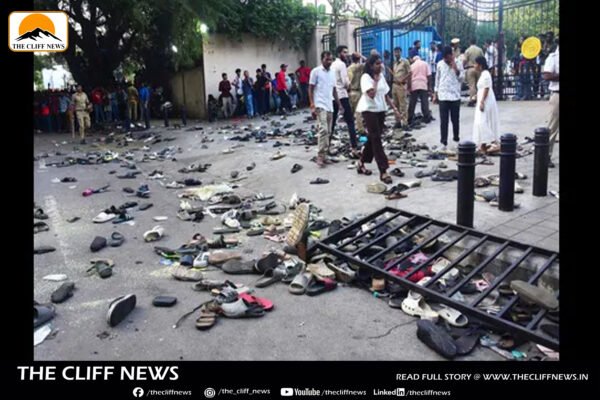Deepika Padukone Honoured with Hollywood Walk of Fame Star for 2026 — A Proud Moment for India
In a historic moment for Indian cinema, Deepika Padukone has been selected for a star on the prestigious Hollywood Walk of Fame, class of 2026, in the Motion Pictures category. The announcement, made via live stream by the Hollywood Chamber of Commerce, positions Deepika as the only Indian among this year’s inductees, sharing the honour with global talents like Emily Blunt, Timothée Chalamet, Rami Malek, Rachel McAdams, Demi Moore, and others. A Global Icon Breaking Boundaries Deepika has long been hailed as the Queen of Bollywood, but her influence stretches far beyond Indian borders. From critically acclaimed roles in films like Padmaavat, Piku, and Gehraiyaan to her Hollywood debut in xXx: Return of Xander Cage, she has continually pushed the envelope — making her mark as a truly global entertainer. This Walk of Fame recognition is more than just a personal achievement; it’s a powerful symbol of India’s growing presence in global pop culture. Deepika’s honour is a milestone that celebrates not only her illustrious career but also the strides Indian cinema has taken on the international stage. Achievements That Echo Worldwide Deepika has been the face of India in multiple global events: What’s Next for Deepika While the world applauds her international recognition, Deepika continues to reign over Indian cinema. Her recent box office success has cemented her position as one of the industry’s most bankable stars. Up next, she will be seen in a high-octane role in director Atlee’s much-anticipated project, keeping the excitement alive among fans both in India and abroad. Final Word Deepika Padukone’s Hollywood Walk of Fame star is not just a feather in her cap — it’s a proud moment for India and a giant leap for Indian representation in global entertainment. As she continues to shatter barriers, Deepika remains an enduring symbol of talent, grace, and cross-cultural success.
















